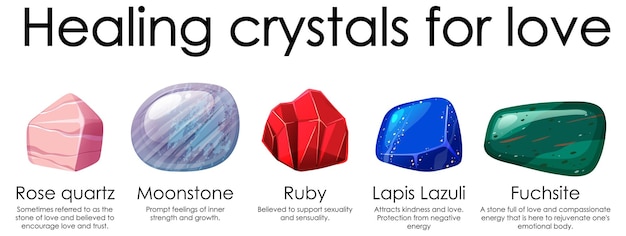Interesting Facts About Sedimentary Rock

Sedimentary rocks are formed from the accumulation and consolidation of sediments over time.
Sedimentary rocks make up about 75% of the Earth’s surface.
Sedimentary rocks are often characterized by their layering or stratification.
Fossils are commonly found in sedimentary rocks, providing important information about past life forms.
Sedimentary rocks can be classified into three main types: clastic, chemical, and organic.
Sandstone is a common type of clastic sedimentary rock, formed from the accumulation of sand-sized particles.
Limestone is a chemical sedimentary rock primarily composed of calcium carbonate.
Coal is an organic sedimentary rock formed from the remains of dead plants.
Sedimentary rocks can be found in various colors, including red, brown, gray, and black.
The Grand Canyon in the United States is a famous example of sedimentary rock layers exposed through erosion.
Sedimentary rocks can be used as building materials, such as sandstone used in construction.
The thickness of sedimentary rock layers can range from a few millimeters to several kilometers.
Sedimentary rocks can contain valuable resources, such as coal, oil, and natural gas.
The study of sedimentary rocks provides insights into Earth’s history and past environments.
Sedimentary rocks can be formed in different environments, including oceans, lakes, and rivers.
The process of lithification converts loose sediments into solid sedimentary rocks.
Interesting Facts About Sedimentary Rock part 2
Clastic sedimentary rocks are composed of fragments of pre-existing rocks.
The layers in sedimentary rocks can provide clues about past climate and weather patterns.
Sand dunes are often preserved as sandstone layers in sedimentary rocks.
Sedimentary rocks can contain unique geological features, such as cross-bedding and ripple marks.
Sedimentary rocks can undergo diagenesis, which includes processes like compaction and cementation.
Chemical weathering plays a significant role in the formation of many sedimentary rocks.
Sedimentary rocks can be used to understand ancient ecosystems and life on Earth millions of years ago.
Shale is a fine-grained sedimentary rock that often forms in calm water environments.
Sedimentary rocks can be porous, allowing them to store and transport water and hydrocarbons.
Sedimentary rock formations can be affected by tectonic forces, leading to folding and faulting.
Many sedimentary rocks contain layers of ripple marks, indicating the presence of ancient water currents.
Sedimentary rocks can be easily eroded by wind, water, and ice, leading to the formation of new sediments.
Fossil fuels, such as coal and oil, are derived from sedimentary rocks formed millions of years ago.
Sedimentary rocks can preserve evidence of past volcanic activity, such as ash layers.
Evaporites are a type of chemical sedimentary rock formed from the evaporation of water, leaving behind minerals.
Sedimentary rocks can provide important clues for locating mineral deposits and groundwater resources.
The study of sedimentary rocks is essential for understanding Earth’s past climates and the changes that have occurred over time.
Sedimentary rocks can contain valuable gemstones, such as opal and amber.
Sedimentary rock formations often exhibit unique patterns and textures, making them visually appealing.
Sedimentary rocks can be used to reconstruct ancient landscapes and understand the processes that shaped them.
Sedimentary rocks can act as natural filters, purifying water as it passes through the rock layers.
Sedimentary rocks can store large amounts of carbon dioxide, helping to mitigate climate change.
Sedimentary rocks provide important information for geologists studying the Earth’s geologic history.
Sedimentary rocks can be formed from the accumulation of shells and other marine organisms.
Sedimentary rocks can be resistant to erosion, forming towering cliffs and mesas in some landscapes.
Sedimentary rocks can contain layers of volcanic ash, preserving records of past volcanic eruptions.
Sedimentary rocks can form caves and caverns through the dissolution of soluble minerals, such as limestone.
Sedimentary rocks can contain layers of glacial deposits, indicating past ice ages and climate changes.
Sedimentary rocks offer a time capsule of Earth’s history, providing a glimpse into the past for scientists and geology enthusiasts alike.

